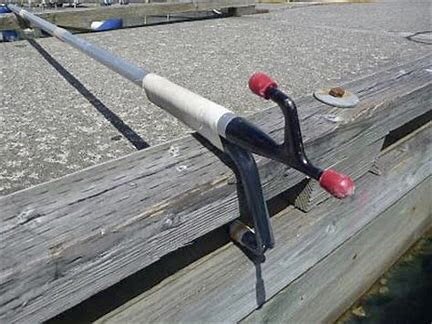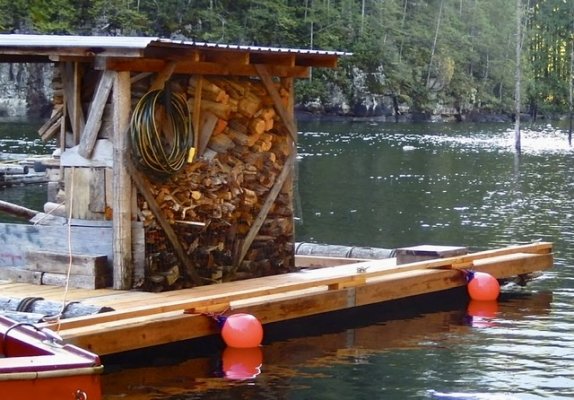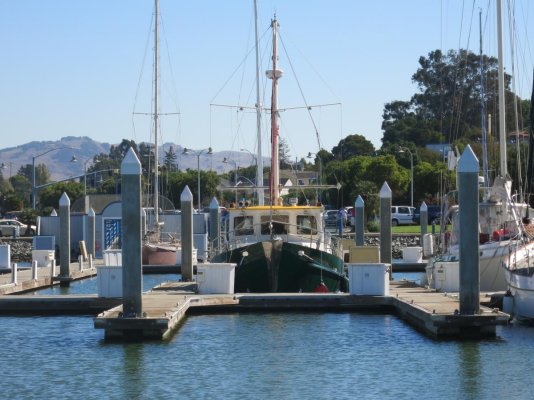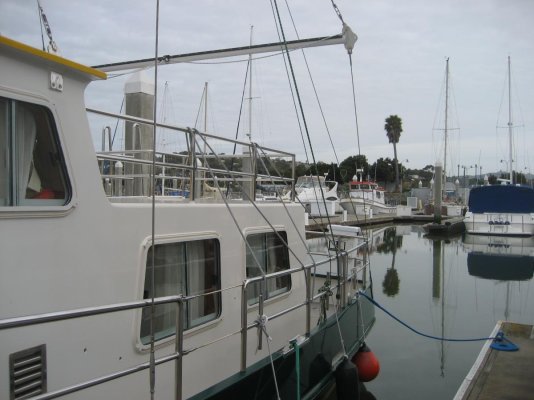psneeld
Guru
I would like them to learn how to use and at least one of them responding to carry a boat hook.
So many times I have had to loan one or use one to salvage a bad landing or pick up a line that had already been tossed a half dozen times (or just pull the boat over to the dock).
A long or extendable one can help some people with tying to pilings.
They also could have a little flag or banner tied on to raise and wave at big marinas so you can pick out the deckhand from farther away....it may also help with wind direction at the slip.
So many times I have had to loan one or use one to salvage a bad landing or pick up a line that had already been tossed a half dozen times (or just pull the boat over to the dock).
A long or extendable one can help some people with tying to pilings.
They also could have a little flag or banner tied on to raise and wave at big marinas so you can pick out the deckhand from farther away....it may also help with wind direction at the slip.
Last edited:




